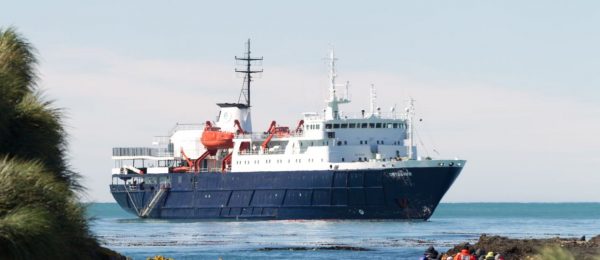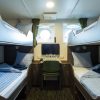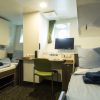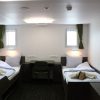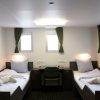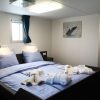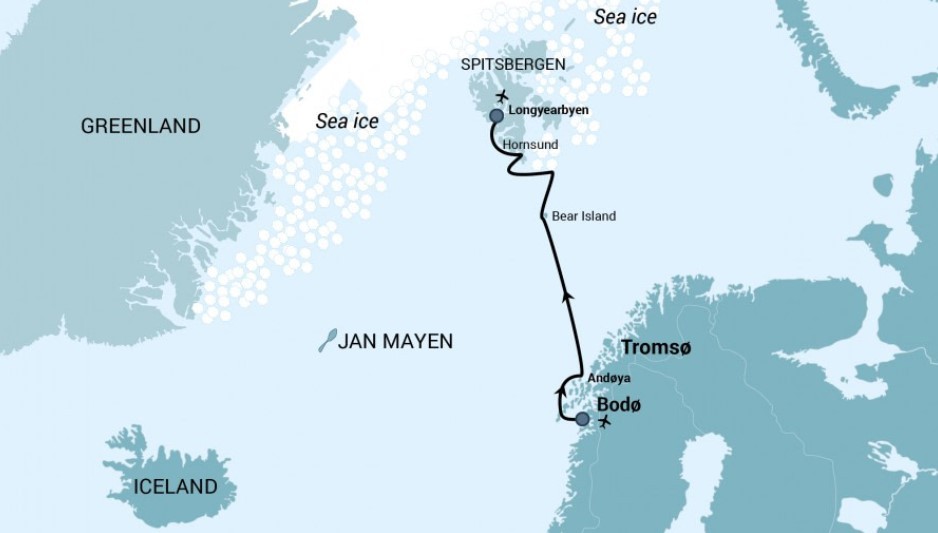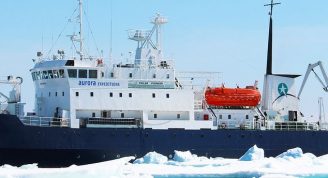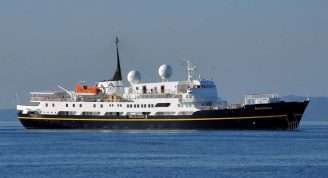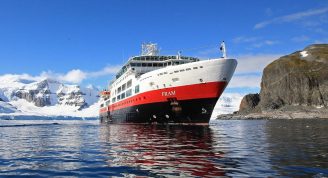Description
From the wild shores of Northern Norway to the bird cliffs of Bear Island to Svalbard’s fantastic Bell Sund fjord system, this wildlife-centered expedition gives you the best of both the lower and higher Arctic. You might encounter blue whales, harp seals, kittiwakes, and many more memorable residents of the far north as you explore some of Earth’s most dramatically sculpted scenery.
Trip Name
Whale Safari - Bear Island - South Spitsbergen
Days
8
Overview
Vessel Type: Expediton
Length: 91m
Passenger Capacity: 108-123
Built / Refurbished : 1989 / 2015
The vessel has the highest ice-class notation (UL1, equivalent to 1A) and is therefor suitable to navigate in solid one-year sea ice as well as loose multi-year pack ice. Ortelius can accommodate up to 116-123 passengers (108 passengers as of season Arctic 2020) and has an abundance of open-deck spaces. It is manned by 22 highly experienced nautical crew members, 19 hotel staff, eight expedition specialists (one expedition leader, one assistant, and six lecturer-guides), and one doctor.
Though our voyages are primarily meant to offer our passengers an exploratory wildlife program with as much time ashore as possible, Ortelius offers all the comforts of a standard hotel ― along with a bar and lecture room. Flexibility assures maximum wildlife opportunities. As such, Ortelius carries 10 Zodiacs with 60hp Yamaha engines.


